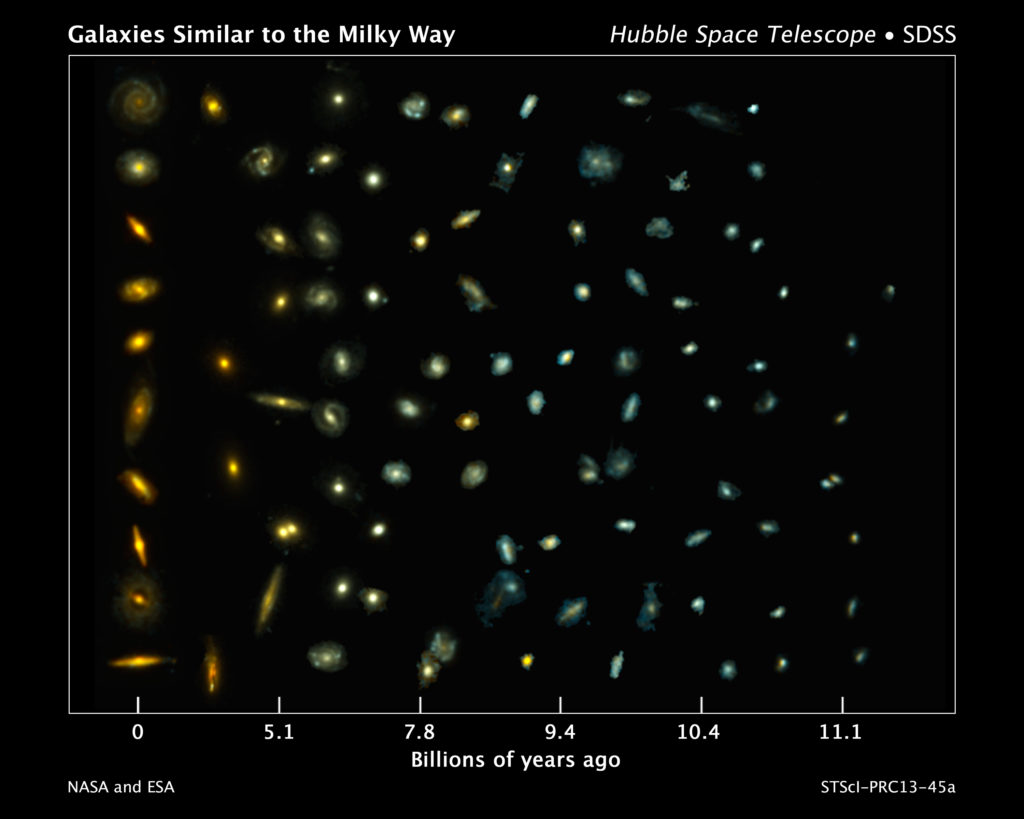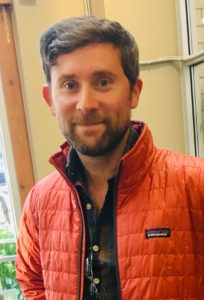
From Apples to Orange Juice: Can We Infer a Galaxy’s Biography from Just One Photograph?

Despite having data stretching back over 10 billion years and computer simulations that make realistic-looking galaxies starting from just gas and dark matter, humans do not have a theory that predicts why a galaxy looks the way it does based on what it used to look like. We ask this from the biological theory of evolution, but, because astronomers cannot experiment on our subjects, we face challenges biologists (and sociologists) do not. I will talk about the two main routes we are taking to overcome this handicap: (1) assuming our data nevertheless do look like that of biology or sociology and proceeding accordingly; (2) attempting to infer the past histories of individual objects through the single snapshots we actually have of them. The latter is the correct thing to do, but it is unclear if it is possible, which would leave astronomers in the unique position of having data…but nothing to do with it! This epistemological situation, and the opportunity to explore questions like “Is galaxy evolution knowable?” is fascinating to me, and I think it cannot but lead to important new insights about our place in the universe.
Louis Abramson

Louis Abramson is a Carnegie-Princeton Fellow at the Carnegie Observatories in Pasadena. He works to tease-out the growth histories of individual galaxies from information encoded in their colors. He hopes that such galaxy biographies will yield insights into what causes some galaxies to look like the Milky way while others do not. Outside of academia, Louis is an elected official in the City of Los Angeles and chairs the Homelessness and Outreach Committees of the Central Hollywood Neighborhood Council.